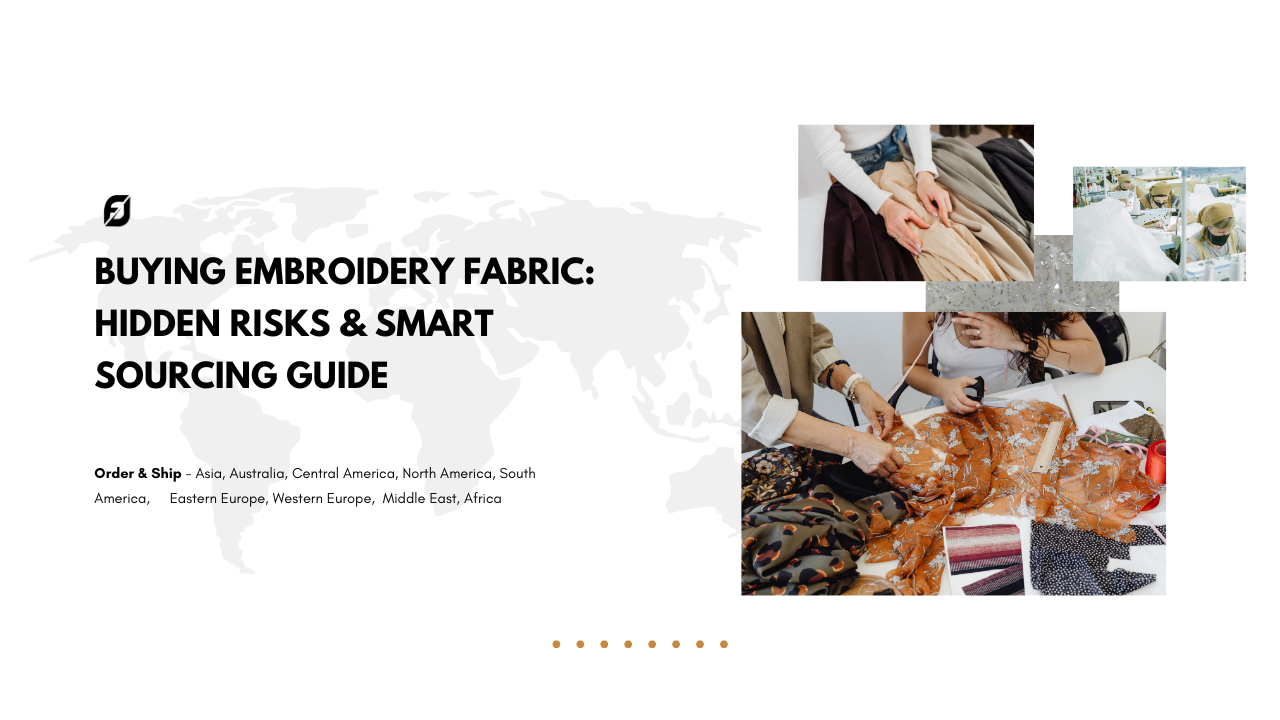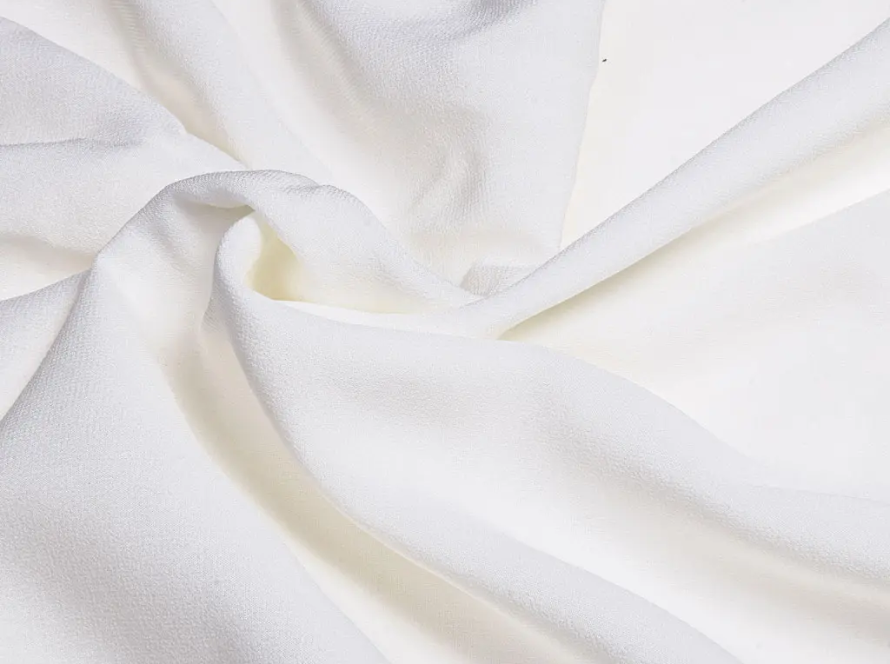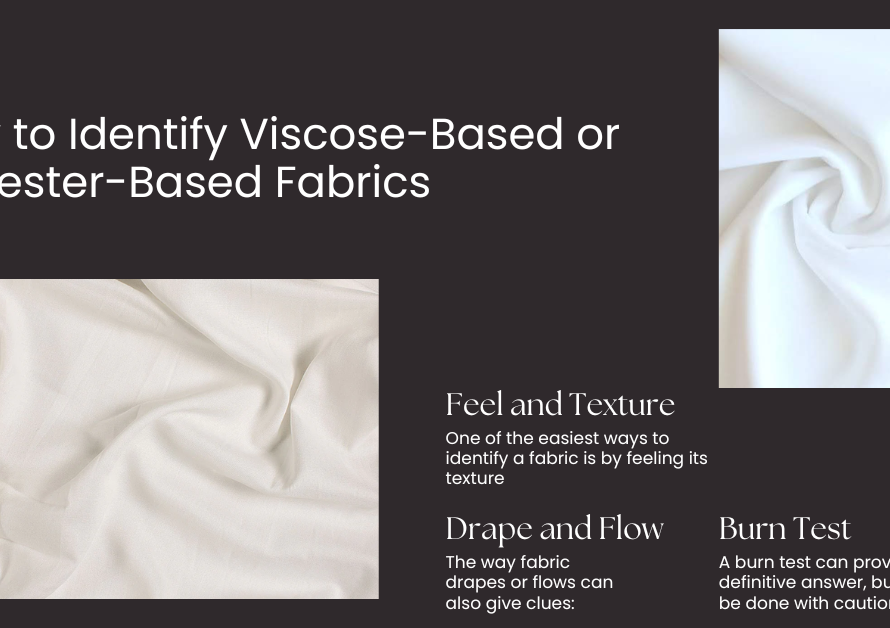No matter what profession you belong to, people often judge you by the clothes you wear. Clothing is not just a piece of fabric; it is a powerful statement that reflects your personality, courage, thoughts, and nature.
Some experts in this field have honed their skills so well that they can learn almost everything about a person just by observing their attire. Isn’t it fascinating, mysterious, and intriguing? This is why we must choose our clothing wisely to leave a lasting impression wherever we go.
The Influence of Clothing on Personality and Perception: A Global Perspective on Politicians and Their Style
While some may argue that clothes don’t matter, if that were the case, the entire world would attend parties wearing anything at all.
Let’s explore the world of some of the most popular politicians who have made their mark globally, not just through their impactful personalities but also through their distinctive dressing sense.
One of the most admired styles globally belongs to the Prime Minister of India, Narendra Modi. His fashion choices are widely appreciated, and his wardrobe reflects a blend of traditional Indian wear with a touch of modern elegance. Modi’s style is so influential that it has inspired trends, and his signature look, often characterized by well-tailored kurtas and Nehru jackets, has become synonymous with his powerful presence.
Another leader known for her distinct fashion sense is Kamala Harris, the Vice President of the United States. Harris’s wardrobe is a perfect blend of sophistication and pragmatism. Her choice of tailored suits and pearls has become iconic, symbolizing her strength and grace.
In Europe, Giorgia Meloni, the Prime Minister of Italy, is known for her sleek and professional style, which resonates with her strong leadership. Her clothing choices often reflect her bold and straightforward approach, making her a standout figure in European politics.
In India, President Droupadi Murmu has also garnered attention for her elegant sartorial choices. Her traditional attire, often featuring rich fabrics and vibrant colors, reflects the cultural heritage of India while exuding a sense of authority and grace.
These leaders understand the power of dressing and how it can amplify their influence. Their clothing choices are not random but carefully selected to convey specific messages to their audiences.
Madhav Fashion, known for creating some of the world’s finest fabrics, has played a significant role in this domain. With their expertise in manufacturing premium fabrics, Madhav Fashion has become a preferred choice for those who understand the importance of quality in clothing. Their commitment to excellence is evident in every piece they create, making them a global leader in the fashion industry.
clothing is much more than just an outfit; it is a reflection of who you are and how you wish to be perceived. Whether it’s a politician making a statement on the global stage or an individual striving to make a lasting impression, the right choice of fabric and style can make all the difference.
_____________________________________
1. What is the significance of fabric choice in professional attire?
The choice of fabric in professional attire plays a crucial role in conveying a person’s personality, confidence, and professionalism. High-quality fabrics, such as silk, cotton, wool, or premium blends, offer comfort and a polished appearance, enhancing the wearer’s confidence. Fabrics like these are breathable, durable, and maintain their shape, ensuring that you look sharp throughout the day. The texture and weight of the fabric also contribute to the overall look and feel of the attire, with lighter fabrics often being more comfortable for warmer climates and heavier fabrics offering a more structured appearance.
In a professional setting, the fabric you choose can subtly communicate your attention to detail and respect for the occasion. For instance, a well-tailored suit made from fine wool can give an impression of authority and reliability, while a crisp cotton shirt can convey neatness and precision. The fabric also affects how the garment drapes and fits, which in turn impacts your overall silhouette and posture. Therefore, investing in high-quality fabrics for professional attire is essential for making a lasting positive impression, boosting your confidence, and enhancing your personal brand in the workplace.
2. How can clothing choices affect one’s public perception?
Clothing choices significantly impact how others perceive you, often serving as a first impression before you even speak. The way you dress can communicate your personality, values, and professionalism, influencing how others view your competence, reliability, and social status. For example, wearing well-tailored, clean, and appropriate attire for an event can convey that you are organized, respectful, and mindful of the occasion. In contrast, ill-fitting or inappropriate clothing might suggest a lack of attention to detail or disregard for social norms.
In professional settings, clothing choices are particularly important. Dressing appropriately for your industry—whether it’s a business suit for corporate environments or smart-casual attire for creative industries—can help establish your credibility and authority. It shows that you understand and respect the expectations of your role and the culture of your workplace.
Furthermore, clothing can also express individuality and creativity. Unique styles, colors, and accessories can make you memorable and set you apart from others, helping you build a distinct personal brand. Ultimately, thoughtful clothing choices can enhance your public image, making you appear more confident, competent, and aligned with your desired personal or professional identity.
3. Why is Narendra Modi’s fashion sense globally admired?
Narendra Modi, the Prime Minister of India, is globally admired not only for his leadership but also for his distinct and impactful fashion sense. Modi’s wardrobe reflects a perfect blend of traditional Indian attire with a modern twist, making him a style icon both in India and internationally. One of the standout features of his fashion sense is his preference for the traditional kurta, often paired with a Nehru jacket. This combination is not only comfortable but also symbolizes India’s rich cultural heritage.
Modi’s choice of fabrics is also notable. He often wears handwoven textiles, promoting the Indian craft of khadi and other indigenous weaves. This not only supports local artisans but also sends a strong message of self-reliance and pride in Indian culture. His use of vibrant colors, such as saffron, blue, and white, adds to his charismatic presence, making him stand out at global events.
Moreover, Modi’s fashion choices are always context-appropriate, whether he is attending a diplomatic meeting or addressing a public rally. His attention to detail in dressing reflects his meticulous nature and the importance he places on making a strong, positive impression through his appearance.
4. What makes Kamala Harris’s fashion style iconic?
Kamala Harris, the Vice President of the United States, has become an iconic figure in the world of fashion, with her style reflecting a blend of power, elegance, and accessibility. Harris’s wardrobe primarily consists of well-tailored suits, often in neutral tones like black, navy, and grey, which exude professionalism and authority. Her choice of suits also reflects practicality and a no-nonsense approach, resonating with her role as a leader.
One of the most notable aspects of Harris’s fashion style is her signature use of pearls. Pearls have become synonymous with her image, symbolizing strength, grace, and resilience. This accessory choice pays homage to her sorority, Alpha Kappa Alpha, which is known for its association with pearls, and connects her to a legacy of strong women.
Harris’s fashion choices are also admired for their simplicity and relatability. She often opts for minimalistic designs, avoiding excessive embellishments, which aligns with her straightforward and pragmatic personality. Her ability to maintain a polished and professional appearance while remaining true to her identity has made her a fashion icon for women around the world, particularly in politics and leadership roles.
5. How does Giorgia Meloni’s style reflect her leadership approach?
Giorgia Meloni, the Prime Minister of Italy, is known for her sleek and professional style, which perfectly complements her strong and decisive leadership approach. Meloni’s wardrobe choices are characterized by their simplicity and sophistication, often featuring well-tailored blazers, fitted dresses, and neutral color palettes. This style reflects her no-nonsense attitude and focus on efficiency and effectiveness in her role as a leader.
Meloni’s clothing choices often lean towards classic cuts and understated elegance, which conveys a sense of stability and reliability—qualities that are essential for someone in a leadership position. Her preference for neutral tones like black, grey, and navy further reinforces her image as a serious and dedicated leader who is focused on her responsibilities.
Additionally, Meloni’s attention to detail in her attire mirrors her meticulous nature in governance. Whether she is attending a diplomatic meeting or addressing the public, her clothing is always appropriate for the occasion, reflecting her respect for the role she plays and the people she represents. Overall, Giorgia Meloni’s fashion style is a powerful extension of her leadership persona, enhancing her credibility and influence on the global stage.
6. What role does fabric play in traditional Indian attire?
Fabric plays a crucial role in traditional Indian attire, serving as a foundation for the country’s diverse and rich textile heritage. India is known for its wide variety of fabrics, each with unique characteristics that contribute to the distinctiveness of traditional garments. Fabrics like silk, cotton, wool, and linen are commonly used in Indian clothing, with each fabric chosen based on the occasion, season, and cultural significance.
Silk, for instance, is highly prized for its luxurious texture and sheen and is often used in saris, lehengas, and other festive attire. It symbolizes wealth and elegance, making it a popular choice for weddings and other grand celebrations. Cotton, on the other hand, is valued for its breathability and comfort, making it ideal for daily wear, especially in India’s hot and humid climate. Cotton garments like kurtas and sarees are widely worn across the country, reflecting both practicality and cultural tradition.
Fabrics also play a significant role in the craftsmanship of traditional Indian attire. Techniques like weaving, embroidery, dyeing, and printing are often applied to these fabrics, creating intricate designs that are both artistic and meaningful. Thus, the choice of fabric in traditional Indian attire is deeply intertwined with cultural identity, craftsmanship, and the occasion for which the garment is worn.
7. How does Madhav Fashion contribute to the global fabric industry?
Madhav Fashion has established itself as a significant player in the global fabric industry, known for its commitment to quality, innovation, and cultural preservation. As one of the leading manufacturers of premium fabrics, Madhav Fashion specializes in creating a wide range of textiles that cater to various markets, including Europe, Asia, the Middle East, and the Americas. Their product offerings include embroidered, printed, and plain fabrics, with a focus on traditional and contemporary designs that appeal to a diverse clientele.
One of the key contributions of Madhav Fashion to the global fabric industry is its emphasis on sustainability and ethical production practices. By using natural and organic materials, the company ensures that its fabrics are not only of the highest quality but also environmentally friendly. This commitment to sustainability has resonated with global markets, where there is a growing demand for eco-conscious products.
Additionally, Madhav Fashion is known for its ability to blend traditional craftsmanship with modern technology. This approach allows them to produce unique and innovative fabrics that stand out in the global market. Their dedication to preserving cultural heritage through fabric design while meeting the demands of contemporary fashion makes Madhav Fashion a crucial player in the global textile industry.
8. What is the cultural significance of President Droupadi Murmu’s attire?
President Droupadi Murmu’s attire carries significant cultural importance, reflecting the rich traditions and heritage of India. As the President of India, Murmu often chooses traditional Indian garments that showcase the country’s diverse textile arts and crafts. Her clothing choices are not only a reflection of her personal style but also a representation of India’s cultural identity on the global stage.
Murmu frequently wears sarees, a traditional Indian garment that symbolizes grace, dignity, and cultural pride. The sarees she selects often feature intricate designs and are made from luxurious fabrics like silk and cotton, highlighting the craftsmanship of Indian weavers and artisans. The use of vibrant colors in her attire further emphasizes the richness of India’s cultural heritage, with each color carrying its own symbolic meaning in Indian tradition.
Her attire also serves as a statement of respect for Indian culture and its deep-rooted values. By wearing traditional garments, President Murmu reinforces the significance of preserving and promoting India’s cultural legacy, especially in the context of her role as a global representative of the nation. Her sartorial choices thus go beyond fashion, embodying the cultural ethos and diversity of India.
9. How can one select the best fabric for creating a unique fashion statement?
Selecting the best fabric for creating a unique fashion statement involves a thoughtful consideration of several factors, including the fabric’s texture, weight, drape, and color. The fabric you choose will significantly influence the overall look, feel, and functionality of your garment, so it’s important to make a choice that aligns with your design vision and the intended purpose of the outfit.
Firstly, consider the texture of the fabric. Fabrics like silk, satin, and velvet offer a luxurious feel and are ideal for creating elegant and sophisticated garments. On the other hand, fabrics like cotton, linen, and wool provide a more casual and comfortable look, suitable for everyday wear or relaxed styles.
The weight of the fabric is another crucial factor. Lightweight fabrics like chiffon and georgette are perfect for creating flowy, airy designs, while heavier fabrics like brocade and denim add structure and formality to your outfit.
Drape refers to how the fabric falls and moves on the body. Fabrics with a soft drape, like jersey or silk, create a more fluid and feminine silhouette, while stiffer fabrics like taffeta or organza offer a more dramatic and sculpted appearance.
Lastly, consider the color and pattern of the fabric. Bold colors and unique prints can make your fashion statement stand out, while neutral tones offer versatility and timeless appeal. Combining these elements thoughtfully will help you create a unique and memorable fashion statement.
10. Why is sustainability important in fabric manufacturing?
Sustainability in fabric manufacturing is crucial for ensuring the long-term health of our planet and the well-being of future generations. The fashion and textile industry is one of the largest contributors to environmental pollution, with significant impacts on water resources, air quality, and waste management. By adopting sustainable practices, fabric manufacturers can reduce these negative effects and contribute to a more eco-friendly and responsible industry.
Sustainable fabric manufacturing involves using environmentally friendly materials, such as organic cotton, bamboo, hemp, and recycled fibers, which require fewer resources and generate less waste during production. These materials are often grown without harmful pesticides and chemicals, reducing the impact on soil and water ecosystems.
In addition to material choices, sustainable manufacturing also emphasizes energy-efficient production processes, waste reduction, and ethical labor practices. This includes minimizing water and energy consumption, recycling or repurposing waste materials, and ensuring fair wages and safe working conditions for workers.
Moreover, sustainability in fabric manufacturing aligns with the growing consumer demand for eco-conscious products. As more consumers become aware of the environmental and social impacts of their purchases, they are increasingly seeking out brands that prioritize sustainability. By embracing sustainable practices, fabric manufacturers can meet this demand while also contributing to a more sustainable and equitable global economy.






